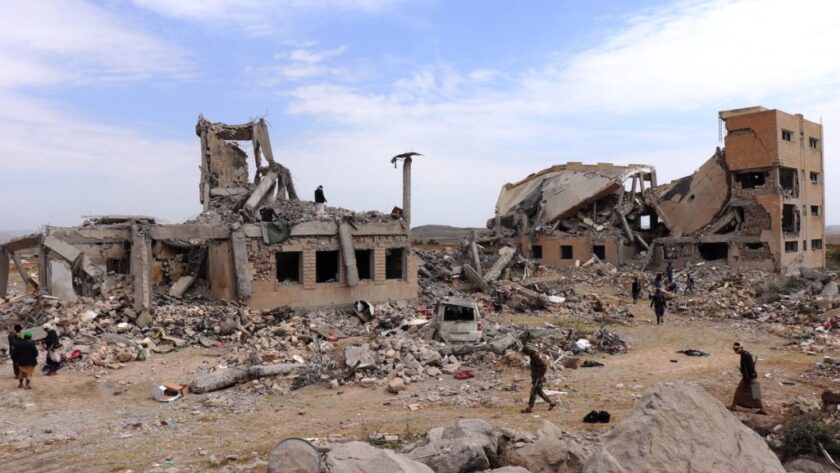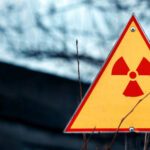In the latest flare-up of the conflict in Yemen, the Houthis launched attacks on multiple targets inside the United Arab Emirates (UAE). This nudged the Saudi Arabia-led Coalition to retaliate and attack the Yemeni capital Sanaa.
In its 7th year, the civil war has now escalated further, worsening what was already one of the deadliest humanitarian crises in modern times.
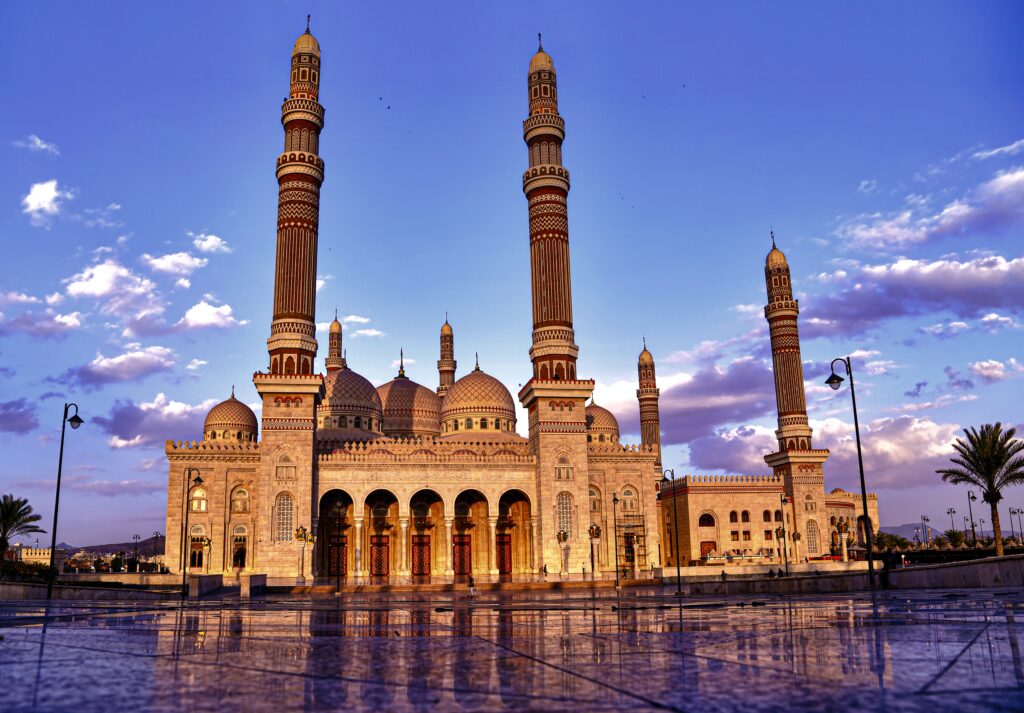
Background and Causes of the Yemen Crisis
For a country with cultural and religious differences and a legacy of colonialism, Yemen has faced instability for a long.
The Yemeni Arab Republic in the north (backed by the US and Saudi Arabia). And the People’s Democratic Republic of Yemen in the south (supported by the erstwhile USSR) unified in 1990 to form the modern Yemeni state, led by Ali Abdullah Saleh. However, ever since then, the conditions have not been good.
In 1990, it voted against the use of force against Iraq in response to its invasion of Kuwait. This angered the US and Saudi Arabia, which cut off aid to Yemen, triggering a civil-war-like situation due to lack of external funding, which was vital to running the nation.


Since then, the standard of living and employment fell, especially in rural areas. Moreover, the ‘Triple F’ crisis (food, fuel, finance) between 2007 and 2009 wreaked havoc on the economy. Unemployment, food insecurity, uneven regional development, and over-reliance on oil exports for revenue marred the country’s growth.
Failure of 2011 Power Transition in Yemen
The Yemeni government failed to address and resolve the anger among the people because of political marginalization, corruption, etc. This systemic failure caused a cycle of violence and political upheaval resulting in the institutional collapse of the Yemeni state.
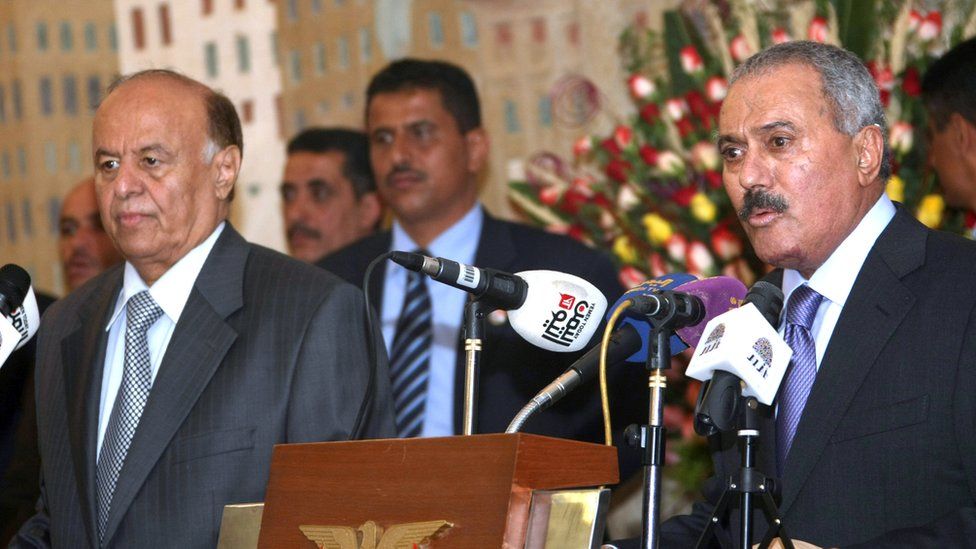
Picture Courtesy@ AFP- BBC.com
Consequently, in the more significant wave of the Arab Spring spanning across the Middle East, public upheaval forced the authoritarian president Saleh to give up his powers to a transitional government led by his deputy Abdrabbuh Mansour Hadi in 2011.
However, the new president couldn’t tackle the issues facing the country. The Houthi Movement – formally called the Ansar Allah (Partisans of Good) – took advantage of the president’s weakness.
2015 Civil War in Yemen
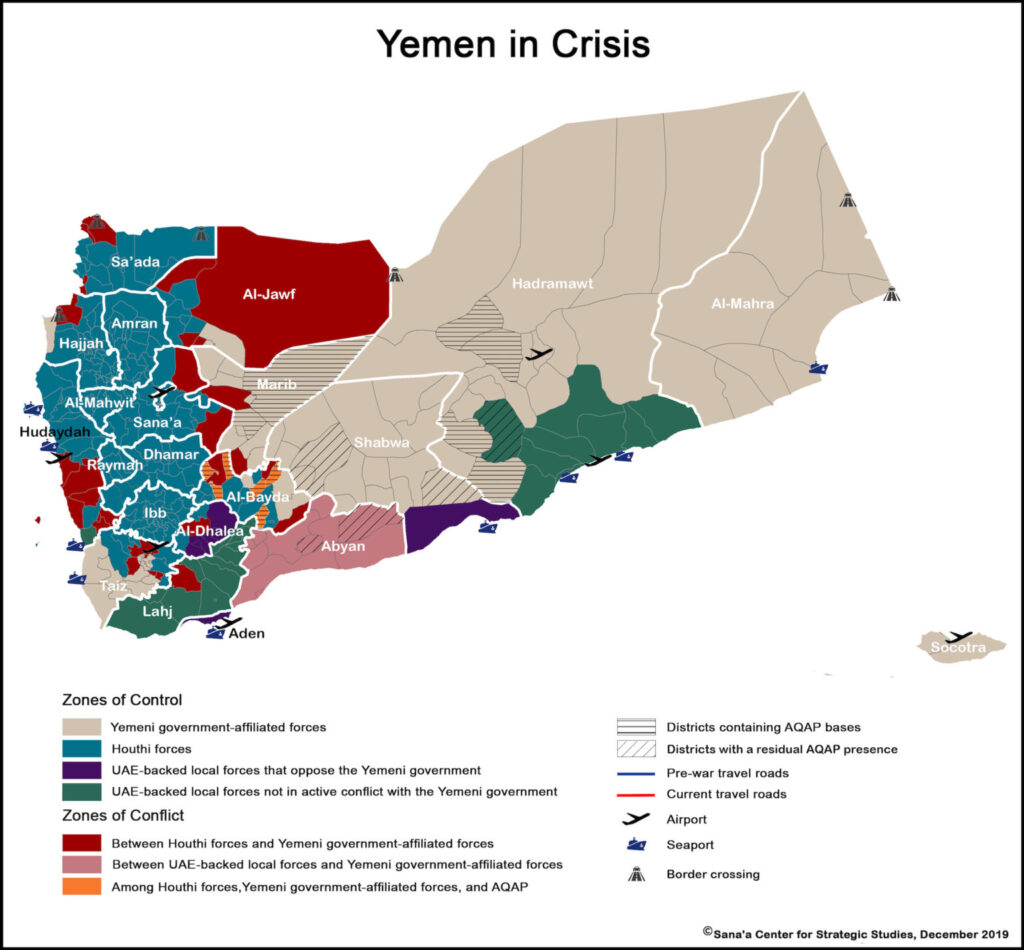
Picture courtesy@ Sana’a Center for Strategic Studies
In 2014, the Houthis – champions of the Zaidi Shia Muslim minority of Yemen and backed by Iran – captured the country’s capital Sana’a with the help of forces loyal to former president Saleh.
This triggered many strategic and geopolitical ramifications. Therefore, in 2015, a Saudi-led coalition primarily consisting of Gulf Cooperation Council (GCC) states launched operation ‘Decisive Storm’. This operation was to oust the Houthis from Yemen, triggering a civil war that has not ended today.
The coalition has received and continues to obtain intelligence and logistics support from the US, UK, and France. Taking advantage of this instability, militants from Al-Qaeda in the Arabian Peninsula (AQAP) and the local affiliates of the Islamic State have also entered the region, further complicating the picture. Therefore, prospects of a ceasefire or a political compromise appear bleak.
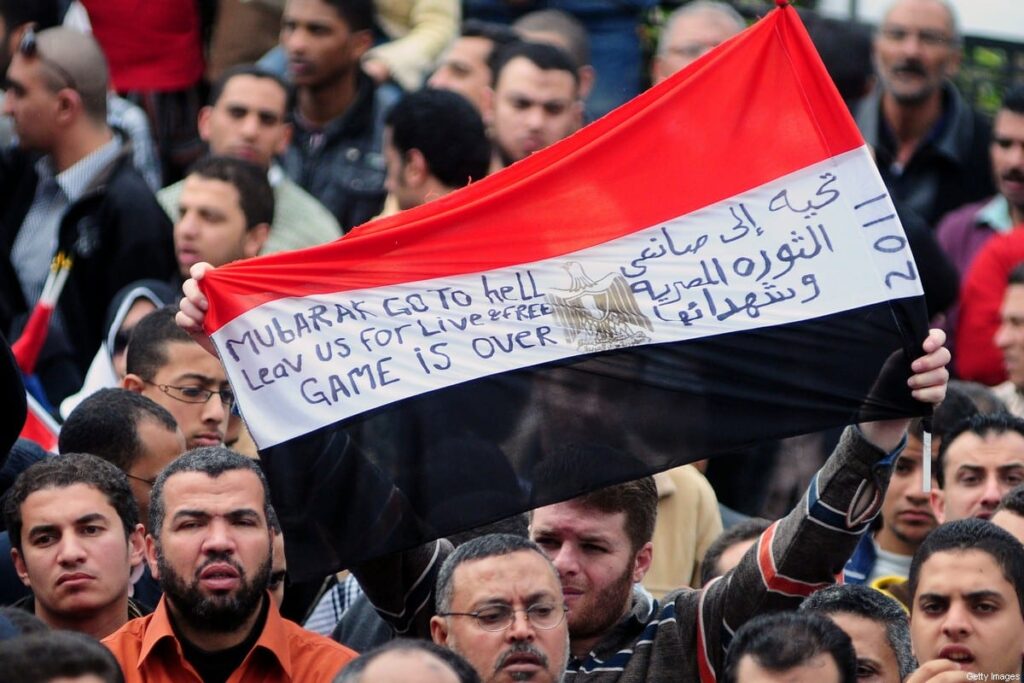
The Arab Spring was a series of anti-government protests, uprisings, and armed rebellions that spread across much of the Arab world in the early 2010s.
The Humanitarian Cost of the War in Yemen
With over 20 million people in need of assistance, Yemen is a glaring example of the catastrophic effects of political power games. In a country already crippling under chronic poverty, lack of resources, and minimal access to basic service, the conflict has only aggravated the situation.

The Death Toll
Although the exact numbers can’t be gathered, estimates by the United Nations suggest that more than 3,77,000 people have died as of 2021 due to the civil war.
A report published by the United Nations Development Programme stated that about 60% of the deaths were because of indirect causes such as famine & preventable diseases and not a direct result of the war. The rest were casualties of war.
UNICEF estimates that every 10 minutes, a child dies in Yemen because of preventable diseases.

Picture Courtesy@ Reuters- BBC.Com
Displacement and Migration
The civil war, the Covid-19 pandemic, and the resultant economic and humanitarian issues have had a terrible impact on the internally displaced people in Yemen. More than 4 million have been displaced, and 80% of them have been displaced for more than a year.
This makes Yemen the fourth largest country with internally displaced people, just after Syria, Colombia, and the Democratic Republic of Congo. Moreover, women and children constitute 79% of the displaced population.

Picture Courtesy CC BY-NC-ND / ICRC / Abduljabbar Zeyad
Effects on Women
Women are facing the most devastating effects of the war. In 2015, only 9% of the households were headed by women. Presently, the number has escalated to over 30%.
They are forced to assume the responsibilities of their families while facing inequality, exploitation, limited access to basic necessities, and barriers induced by entrenched social norms.

With a dire economic situation, many women cannot afford food and face risks of starvation, gender violence, and early marriage.
As per the United Nations Population Fund, about 5 million girls and women of childbearing age and about 1.7 million pregnant women have restricted or negligible access to reproductive health services. It further states that every 2 hours, one woman dies in Yemen during childbirth from entirely preventable causes.
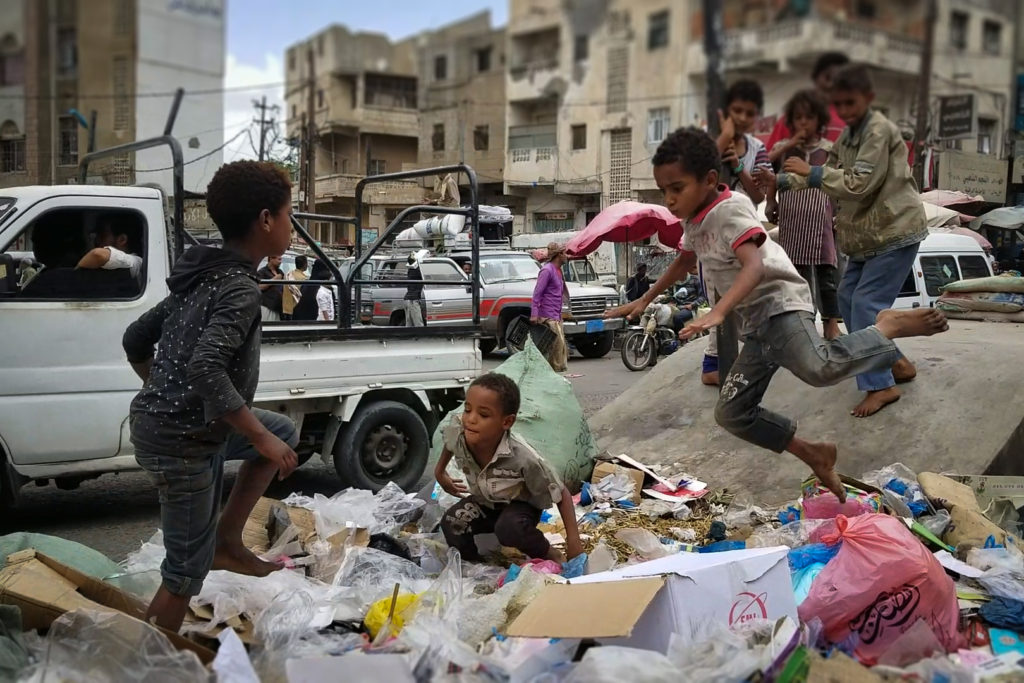
Effects on Children
Since the start of the war, over 10,000 children have been killed or maimed, and about 2 million have been displaced. Thousands of children are also being recruited into fighting.
Plagued by one of the worst food crises, over 2 million children under 5 years of age suffer acute malnutrition. Of these, about 4,00,000 are suffering from severe acute malnutrition. If urgent treatment is not given to them, they could die.
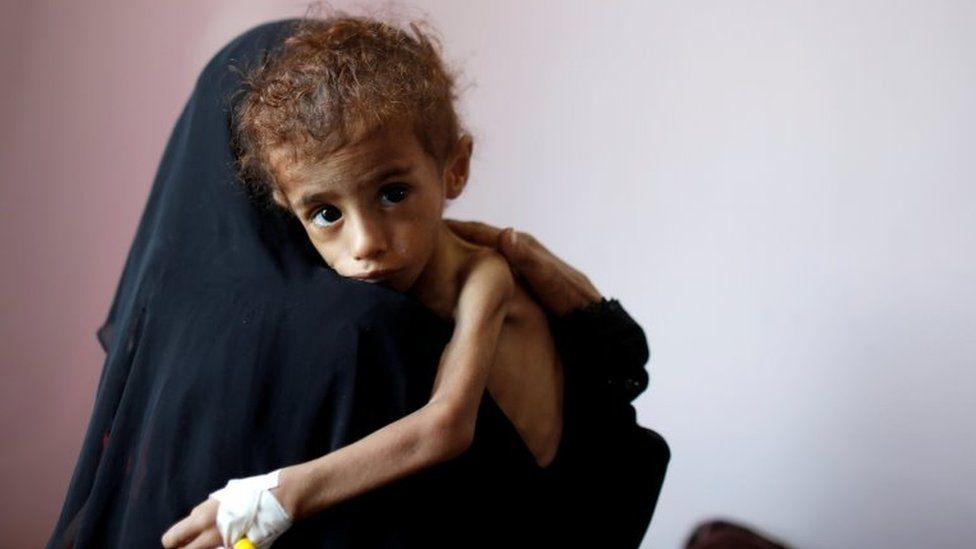
Picture Courtesy@ Reuters- BBC.Com
The destruction and closure of schools have tremendously affected their access to education. Millions of them are out of school. In addition, over two-thirds of the teaching staff have not received their salary for more than 4 years.
Destruction of Infrastructure
The conflict has destroyed Yemen’s infrastructure. Roads, bridges, schools, hospitals, and houses are hit by bombs, especially during air raids.
Without any rivers and scanty rainfall, Yemen is one of the most water-scarce countries globally. In this situation, it faces the risk of running out of water. With tens of thousands of people living in famine-like conditions, the country is staring at a large-scale famine.
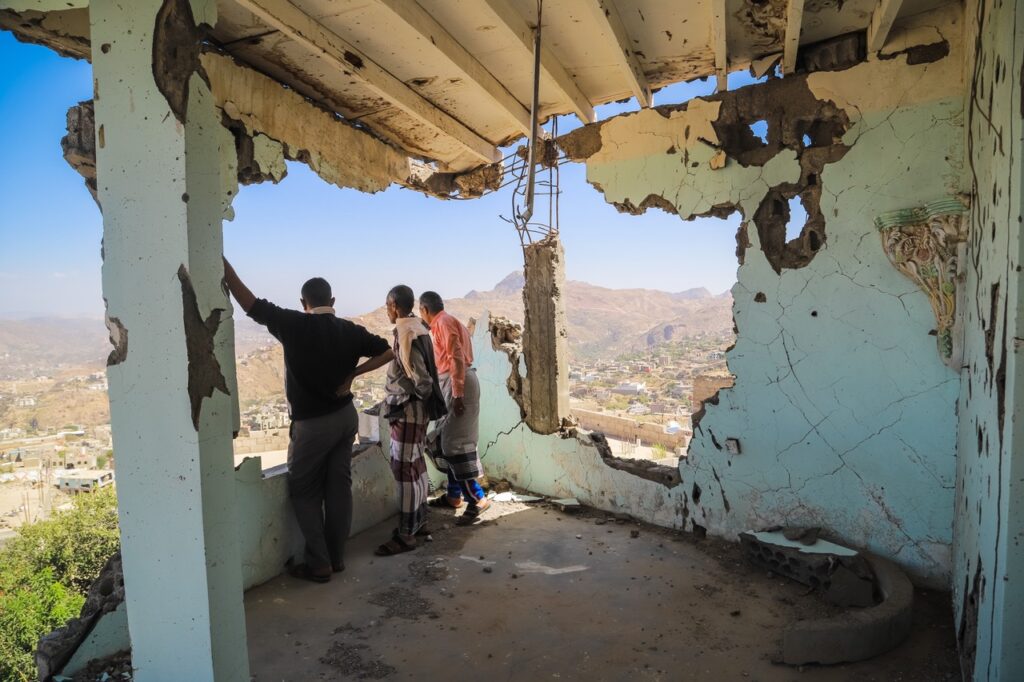
Picture Courtsey@ Sana’a Center for Strategic Studies
Less than 50% of the health facilities are functioning, while many operational facilities lack essential health equipment. Moreover, the majority of the health workers have not received their salaries in many years.
The Covid-19 pandemic is only making things worse. With people’s immune systems already weakened due to years of conflict. The effects of viruses and preventable diseases such as cholera, measles, and diphtheria have proved fatal for thousands of them.
What is the UN doing about this?
The worsening crisis amidst the geopolitical games in the region has realized questions about the international community’s response to it, especially the UN’s response.
Although the UN has failed to broker a ceasefire or settlement, different agencies have been working since 2011. In 2011, it appointed a Special Advisor to the UN Secretary-General on Yemen.

The UN World Food Programme distributes over 1,00,000 tonnes of food every month to about 13 million people. It also delivered nutritional support to over 3 million pregnant women and children.
The UN Population Fund has provided reproductive health services to over 2 million women. In addition, UNICEF provides essential medical supplies and therapeutic food to treat acute malnutrition in children. The UN Office for Coordination of Humanitarian Affairs works closely with the government and other agencies to enhance humanitarian coordination.
Conclusion
The humanitarian crisis in Yemen represents a tragic convergence of a violent conflict, economic devastation, collapse of social services, and an underfunded UN system. This dangerous combination, geopolitical tussles, and the Covid-19 pandemic have brought the Yemeni state to the brink of collapse, affecting millions living there.
Read about Sri Lanka and its economic crisis here!
About the Author:
Ayush Gala

Apart from being a percussionist and a cricket enthusiast, it’s the unfolding tumultuous events of Geopolitics and International Relations that give Ayush the adrenaline rush he craves for. So naturally, he is pursuing his Master of Arts in International Relations and Strategic Studies from the University of Mumbai. He also loves to analyse and discuss the socio-political issues in India. He has a burning desire to make the citizens of India more aware and informative on various matters concerning them.

